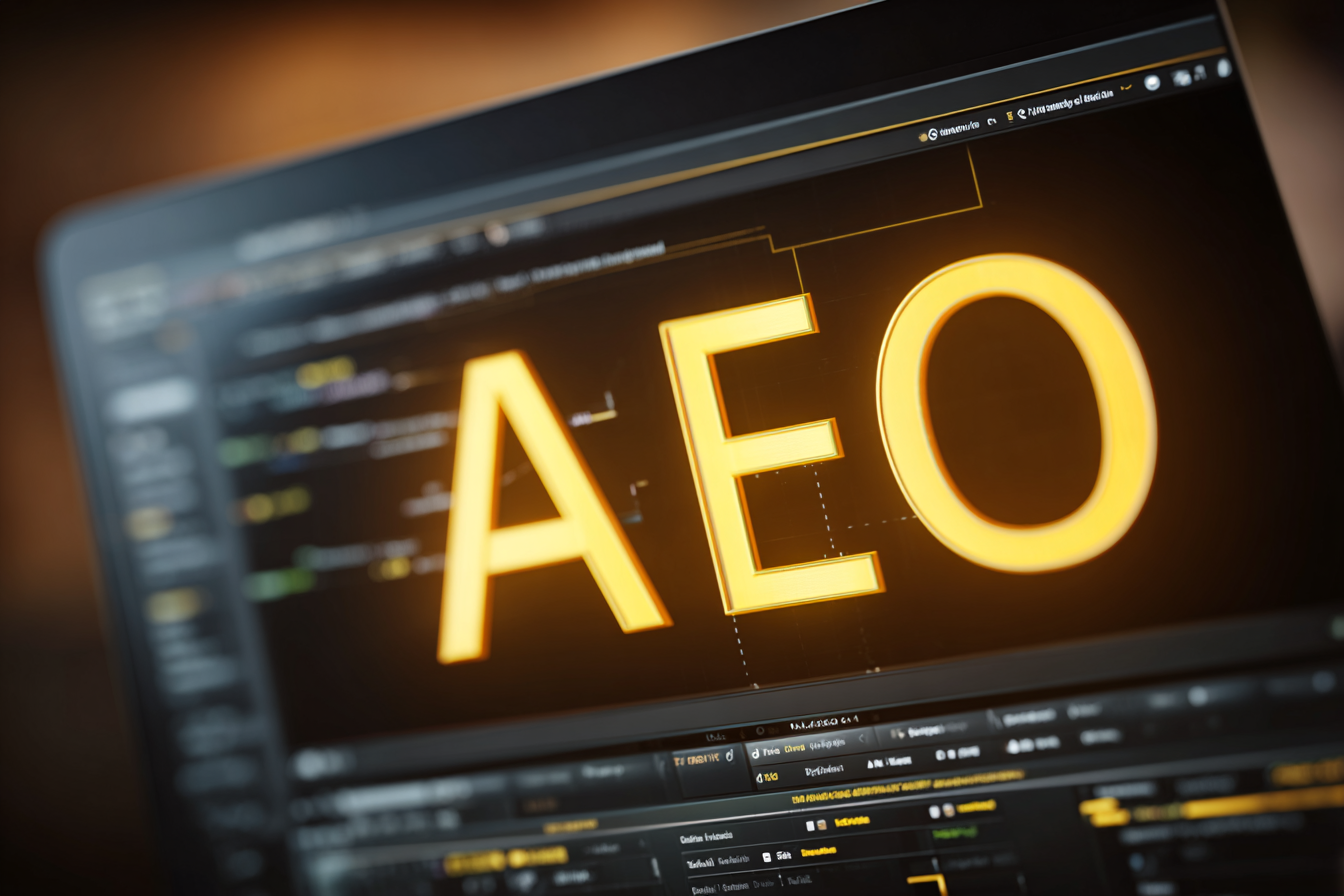In 2025, the digital landscape is undergoing a significant transformation. The traditional methods of Search Engine Optimization (SEO) are being complemented, and in some cases, supplanted, by a new paradigm: Answer Engine Optimization (AEO). As users increasingly turn to AI-powered tools like ChatGPT, Perplexity AI, and Microsoft Copilot for information, businesses must adapt their strategies to maintain visibility in this evolving environment.
Understanding the Shift: From SEO to AEO
SEO has long been the cornerstone of digital marketing, focusing on improving website rankings in search engine results pages (SERPs) to drive organic traffic. This approach relies on keyword optimization, backlink building, and content creation to enhance visibility.
However, the advent of AI-driven answer engines has changed user behavior. Instead of sifting through multiple search results, users now expect direct, concise answers to their queries. This shift necessitates a new approach: AEO.
AEO focuses on optimizing content so that it can be easily interpreted and cited by AI-powered answer engines. These tools deliver conversational, synthesized answers and include links to the sources they pull from.
How AEO Works
AEO involves structuring and optimizing content to align with the way AI answer engines process and present information. Key components include:
- Understanding User Intent: AEO requires a deep understanding of user intent. This involves anticipating the questions users might ask and providing clear, concise answers.
- Structured Content: Organizing content with clear headings, bullet points, and concise paragraphs makes it easier for AI engines to parse and present information.
- Schema Markup: Implementing schema markup helps AI engines understand the context of your content, enhancing its visibility in answer engines.
- Authority and Relevance: Establishing your content as authoritative and relevant increases the likelihood of being cited by AI answer engines.
AEO vs. SEO: Key Differences
While both AEO and SEO aim to increase visibility, they differ in focus and execution:
- Objective: SEO focuses on improving search rankings and driving traffic, while AEO aims to provide direct, concise answers to user queries.
- User Targeting: SEO targets traditional text-based searches, while AEO addresses conversational and voice-based queries.
- Content Focus: SEO emphasizes detailed, keyword-focused content, whereas AEO prioritizes structured, concise answers.
- Devices: SEO primarily targets desktop and mobile browsers, while AEO extends to voice assistants and AI chatbots.
The Importance of AEO in 2025
The rise of AI-powered answer engines has made AEO a critical component of digital marketing strategies. As users increasingly rely on tools like ChatGPT and Microsoft Copilot for information, businesses must ensure their content is optimized for these platforms.
Moreover, the shift towards zero-click searches, where users obtain answers directly from the search results without clicking through to a website, underscores the importance of AEO. By optimizing content for answer engines, businesses can maintain visibility and authority in this new search landscape.
Integrating AEO into Your Digital Strategy
To effectively implement AEO, consider the following steps:
- Audit Existing Content: Identify content that can be optimized for answer engines.
- Optimize for Clarity: Ensure your content provides clear, concise answers to common user queries.
- Implement Structured Data: Use schema markup to provide context to your content.
- Monitor Performance: Track visibility in answer boxes and adjust your strategy accordingly.
As the digital world continues to evolve, embracing Answer Engine Optimization is not just an option, it's a necessity. By understanding and implementing AEO strategies, businesses can ensure they remain visible and relevant in an era dominated by AI-driven search.
